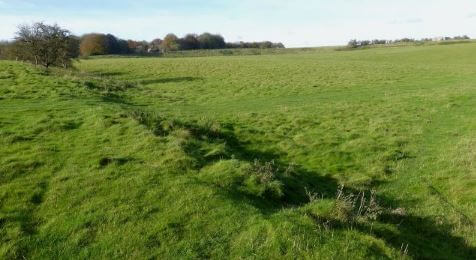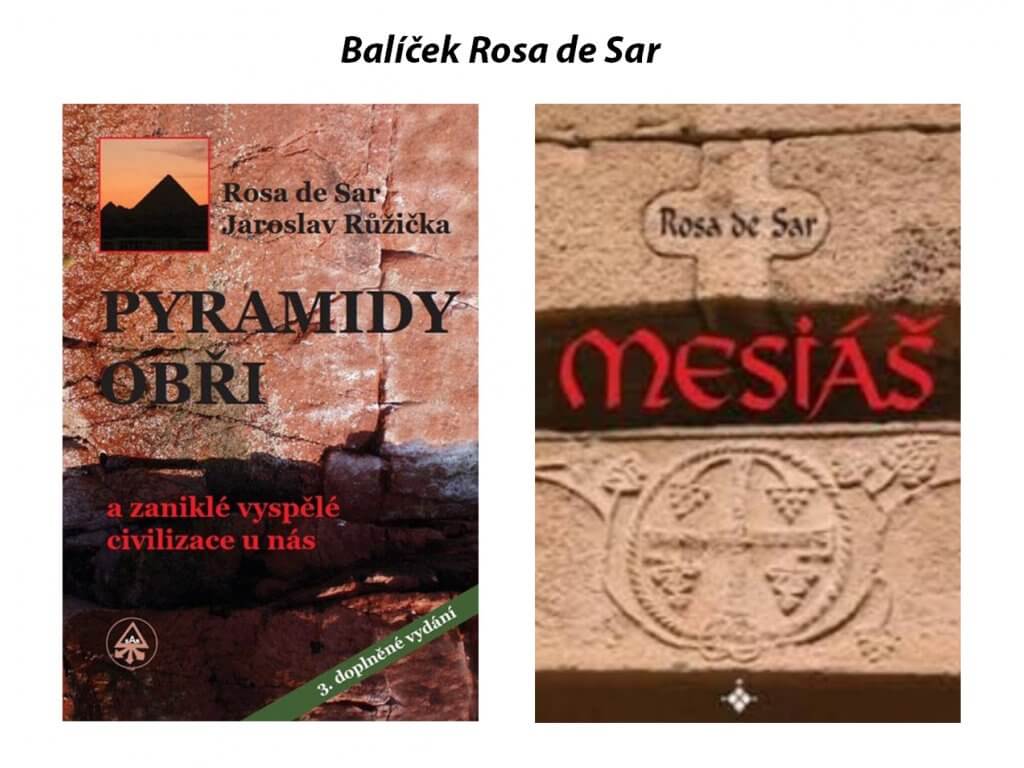 1
1

Arkaim and the texts of Rgveda about his builders
 25. 04. 2024
25. 04. 2024



 23. 12. 2020
23. 12. 2020

Mega Henges: Many of us at school learned that the inhabitants of the Stone Age were just hairy cave people, who did not excel in any special abilities. However, the number of circular ritual buildings (hengs) in England, on the other hand, confirms the excellent building skills of these Neolithic people. Just before the arrival of Europeans in Britain, around 2500 BC, the local architecture even experienced a great boom.
There are five huge stone circular structures in southern England, including the Neolithic site of Mount Pleasant near Dorchester, Dorset. This large circular formation, used for various rituals, was built before Stonehenge and consists of giant stones and a central wooden structure.
According to theguardian.com server, the henge was surrounded by a wooden fence made of tree trunks, behind which was a protective wall with a moat. The size of the inner concentric circle is enormous, almost sixty-two thousand square feet. It was built exclusively with the help of deer antlers used as a dredging tool.
The Neolithic Mount Pleasant site was first discovered in the early 70s, and scientists believe that it was built between the ages of thirty-five and one hundred and twenty-five years, with the work being passed on between generations. Recently, they estimate this length to be less than 20 years.
Susan Greaney of Cardiff University's School of History, Archeology and Religion, head of research and lead author of the research Tempo of a Mega-henge: A New Chronology for Mount Pleasant, Dorchester, Dorset found at cambridge.org, commented: a large number of people dug huge ditches only with the help of simple tools such as deer antlers.
It was just at the end of the Stone Age, just before people from the continent came and brought with them metal products, new types of pottery, new methods of burial, etc. , which determined the probable period of construction at the 1970th century BC. Other giant buildings of this type in southern England include Marden Henge. It is the largest forty-acre stone circle ever found, surrounded by a fence of ten-foot-tall tree trunks.
According to nationalgeographic.com, the director of the School of Archeology at the University of Reading, Jim Leary, entered into a partnership with Historic England and in 2016 launched a three-year Marden Henge survey.
Among the artifacts discovered were the remains of a Bronze Age burial, decorative arrowheads, and the remains of more than thirteen pigs, which were most likely cooked and consumed here. The remains of the funeral identified a teenager buried with an amber necklace about four thousand years ago.
Livescience.com tells us about another giant circular structure, discovered about two miles from Stonehenge under the slopes of the Durrington Walls. This formation is even fifteen times larger than Stonehenge.

In the foreground is the southern rampart of Durrington Walls, a prehistoric site near Durrington, Wiltshire. In the background of the picture is the west wall. Photo by Ethan Doyle White - CC BY-SA 4.0
The stones rose to a height of almost fifteen feet before being used more than four thousand years ago to build embankments surrounding the ritual site. The circle is surrounded by a fifty-eight foot wide ditch that occupies a mile of land around it.
According to megalithic.co.uk, the stone circle in Wiltshire was discovered in 1999 and boasts the title of the largest stone circle (henge) in the world. The embankments around it measure almost a mile and the interior area is just over twenty-eight acres. It is estimated that its construction took 1,5 million hours of human labor.
Silbury Hill in Avebury was built around 2400 BC and is part of the Stonehenge complex, although it is not a classic henge.
It is an artificial hill the size of the Egyptian pyramids, but no one knows its original purpose. There are no burial artifacts and the hill is made only of soil and chalk. Over the years, other materials have been added to raise the hill, and there is evidence of backfilling and trimming in the ditch that surrounds it.
On three different occasions, horizontal and vertical tunnels were dug in the hill, but nothing interesting was ever found. Due to the unforeseen possible consequences of such tunneling, the hill almost collapsed in 2000 when the tunnels collapsed. Scientists are now using less invasive archaeological methods to study it.
In this package you will find: The book Rosa de Sar: Messiah and the book Rosa de Sar, Jaroslav Růžička: Pyramids, giants and extinct advanced civilizations in our country.
What interesting things will you learn in the books?
Publicist RNDr. M.Sc. Hana Blochová, also known by the pseudonym Rosa de Sar, is a specialist in the research of historical monuments. At the same time, she is the author of several books from the period of the beginnings of Christianity in our country, which are highly recognized in the field.

ROSA DE SAR package